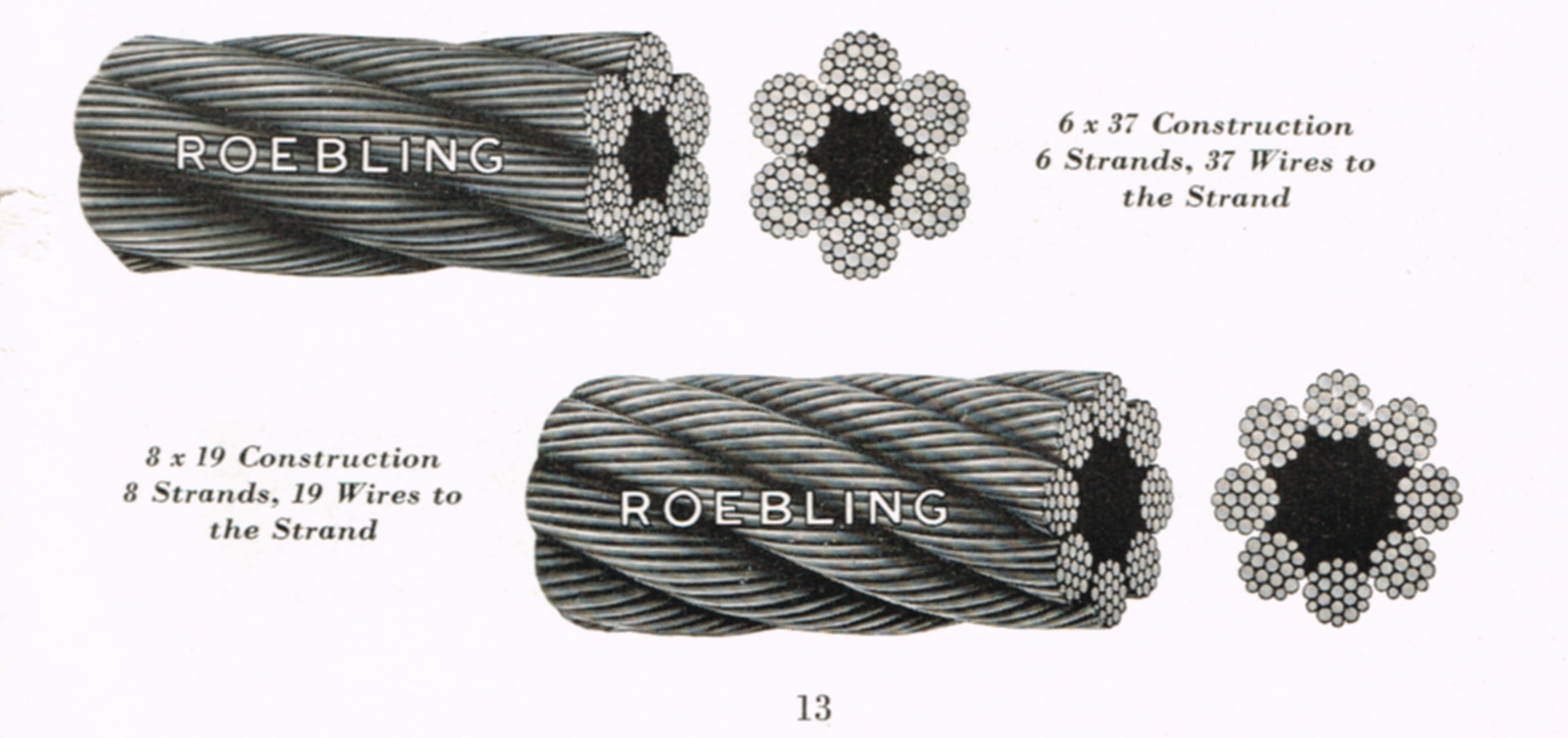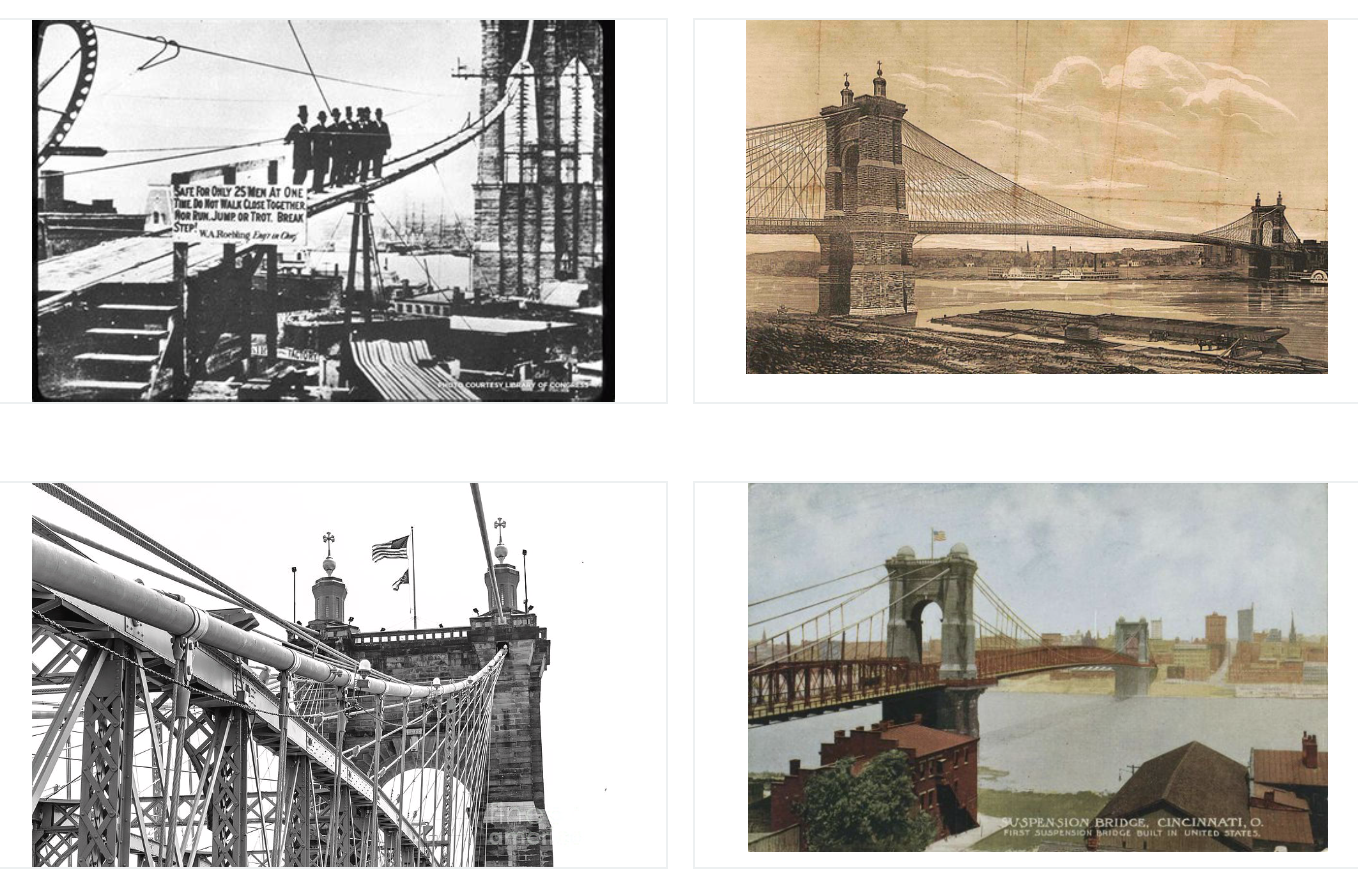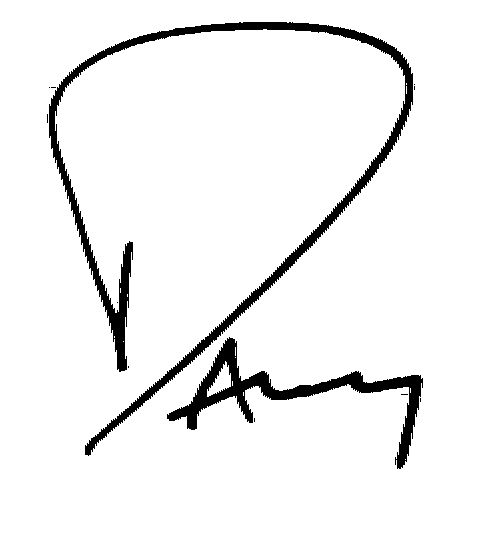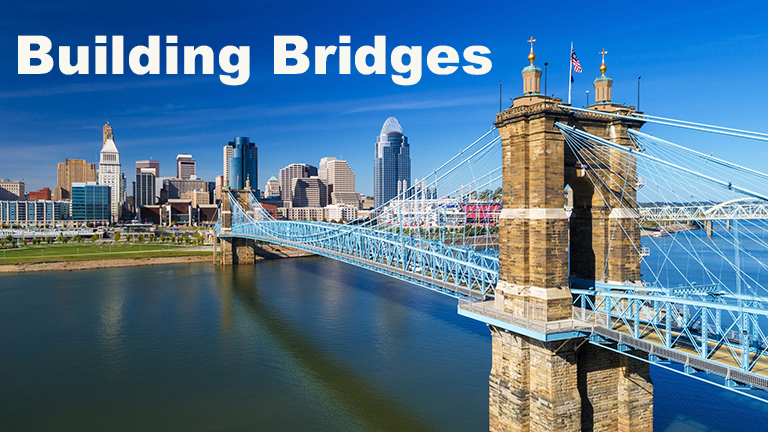Building Bridges
by Danny Summers
This is a message for the future with observations and inspiration from the past.
The idea for this message came to me as we began to study Cincinnati as the site for The Fall Event 2023. There are five main bridges connecting Cincinnati to Kentucky just across the Ohio River. The oldest, and most stunning, is the one pictured here... now known as the John A. Roebling Bridge. Its story is both amazing and inspirational. This is a story of ground-breaking design that led the way for other bridges around the world, including a very famous one (more on that a little later).
John Augustus Roebling, born June 12, 1806, was a German-American engineer, inventor, and entrepreneur. During his career, he designed bridges, built machines and buildings, and became a financial success. Specifically, he is noted for developing steel wire used in bridge construction. Historically, he was known as one of the world's leading engineers of his day, pioneering the development of bridges to come.
The initial plans for this bridge began in 1846 when the Covington-Cincinnati Bridge Company was granted the first charter by the Kentucky Legislature. The Bridge Company selected John Roebling as chief engineer to design and build the bridge. Following his appointment as chief engineer, Roebling said,
"This bridge, when constructed, will possess great claims as a national monument. As a splendid work of art and as a remarkable specimen of modern engineering and construction, it will stand unrivaled upon the continent. Its gigantic features will speak loudly in favor of the energy and enterprise of its possession.” John A. Roebling, 1846.
Construction began in September 1856. The initial work was to prepare the foundations for the towers. With both towers under construction, work halted in 1858 as additional funding became unavailable after a widespread financial downturn in 1857.
Work also was halted during the Civil War as the river was a demarcation between the North and South armies. During the war, a temporary bridge was constructed by Federal Troops using coal barges assembled together. This activity renewed interest in the bridge construction. Additional stock was sold and by the spring of 1863, the state legislatures had amended their charters to reduce the required clearance of the bridge over the river. John Roebling returned to Covington (KY) to restart construction. Work on the towers resumed as excavation began for the anchorages. The project continued through 1864, and early the following year, John's son, Washington Roebling, joined his father as assistant chief engineer. He had recently married after his discharge from the Union Army where he had risen to the rank of Colonel.
A key part of Roebling's design for the bridge actually started back in 1841 after Roebling, employed as a surveyor, observed how hemp rope was used for railroad and canal systems and he had read of German experiments in which ropes were being made of twisted metal. Without actually seeing any examples, he developed a number of experimental machines to produce metal wires to twist into ropes. He eventually convinced the state Pennsylvania Board of Public Works to test his theory on producing the cable.
 In 1841, Roebling successfully manufactured the first wire cable in America. Using a factory in Saxonburg, PA that was equipped with machinery of his own design and fabrication, he eventually relocated his factory to Trenton N.J. Incidentally, the business remained family owned until 1952, carried on by three generations of Roeblings. The Roebling Son's Company supplied the even larger cables for the Golden Gate Bridge in San Francisco in the 1930's.
In 1841, Roebling successfully manufactured the first wire cable in America. Using a factory in Saxonburg, PA that was equipped with machinery of his own design and fabrication, he eventually relocated his factory to Trenton N.J. Incidentally, the business remained family owned until 1952, carried on by three generations of Roeblings. The Roebling Son's Company supplied the even larger cables for the Golden Gate Bridge in San Francisco in the 1930's.
This new multi-strand wire cable became an important element in the design for such long spanning bridge construction which would first be used in the Covington-Cincinnati Bridge.
Spinning the cables for the bridge began in November 1865 using wrought iron wire imported from England. The largest cables are reported to be slightly over 12 inches in diameter. John Roebling returned to the east coast, and supervision of the Covington-Cincinnati Bridge project was turned over to his son Washington. The cables were completed in June 1866, and installation of the hangers, beams, wood floor, and diagonal stays proceeded with only minimal delays.
The bridge was completed and opened to pedestrian traffic on the first weekend of December, 1866. The opening was signaled with a one-hundred-volley salute by two cannons from the Newport Barracks. It was reported that 46,000 people crossed the bridge on that Saturday, and another 120,000 on Sunday.
The bridge opened to all traffic on January 1, 1867. Its central span of 1057 feet was the longest in the world (at the time). John A. Roebling had spent most of the previous two years in New York and at his home in New Jersey vigorously planning for his next proposed project – a bridge over the East River connecting New York City and Brooklyn.

Now you know the connection between what is now called the John A. Roebling Bridge and its 'close cousin'... The Brooklyn Bridge (a new span record at 1600 feet).
Sid Raisch shared another connection many will remember. He said, "Some may recall a famous movie scene recorded on the Roebling bridge in the late 80's. Dayton Ohio area native Tom Cruise played a lead role of Charlie Babbet, who drove his departed father's yellow Buick Roadmaster with a Straight 8 across the bridge. Charlie discovers an autistic brother Raymond Babbet he didn't know he had who was in the car. Here's a clip from the movie. Ray is played by Dustin Hoffman. The movie was Rain Man if you haven't already guessed." Watch the Babbet brothers cross the Roebling Bridge together here.
Today, you can walk or drive across the John A. Roebling Bridge, a 156-year-old engineering marvel and National Historic Landmark. In fact, it just reopened in February this year following a restoration project.
I believe the John A. Roebling Bridge is the perfect example of the importance and impact of Building Bridges. It can also represent much more than a span across a waterway.
When you think about it, Building Bridges is what you do each and every day. You Build Bridges in your work, for your Center, in your career, with your team, and of course, your guests with everything you do.
Our theme for The Fall Event 2023 will be Building Bridges! And you can expect program and registration details soon!
We will be Building Bridges together in Cincinnati. And we can thank John Roebling for the idea.

Sharing is at the heart of The Group and your ideas are very important. If you have any trouble logging into The Group WebSystem, please let me know. Are you and your staff all subscribed to our eLists such as GroupEs, Retail-Grower, Retail-Landscape, Owners-Only, and a number of others? Need help subscribing? Let me know so I can show you how you can sign up.
Danny Summers
[email protected]
Tel: 678-909-7770
Cell: 678-761-7145
REMEMBER: Your interaction (by phone and email) with Group Service Providers such as Tim Quebedeaux, Sid Raisch, John Kennedy, Jean Seawright, and of course Danny Summers are included in your retainer!


